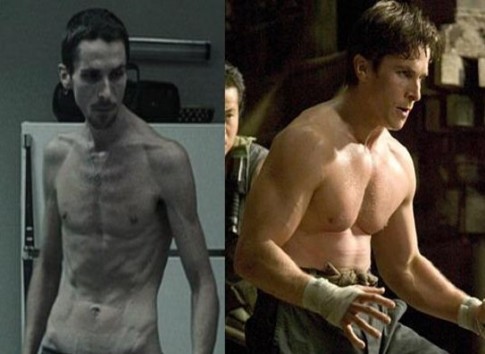Childhood growth is a mirror for “the material and moral condition” of a society.
– Dr. James Tanner, pediatrician and auxologist (1986:3)
.
In 2015, Lital Keinan-Boker and colleagues published a study in The Israel Medical Association Journal that examined whether the Holocaust during WW2 had impacted the long-term health of older Israeli adults (mean age 69 years). They were working within the framework of the Developmental Origins of Health and Disease (DOHaD) paradigm, a body of evidence that shows that an array of stressors including malnutrition early in life (prenatally and/or during infancy) can increase risk for various chronic diseases in adulthood.
The study design compared people who were born between 1940–1945 in Nazi-occupied countries in Europe (which they categorized as the ‘exposed’ group; n=653) to those in Israel to Europe-born parents (‘non-exposed’; n=433). After adjusting for confounding variables, Keinan-Boker et al concluded that those born in Europe during WW2 were significantly more likely to have dyslipidemia, type 2 diabetes, hypertension, and cardiovascular disease. As they wrote, “The results of the current study on fetal and early childhood exposure to malnutrition and hunger and the subsequent long-term outcomes are in accordance with previously published data from research on non-Jewish populations.”
Continue reading








